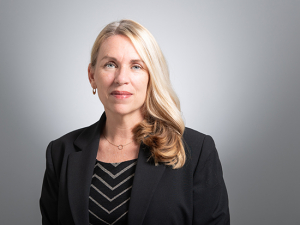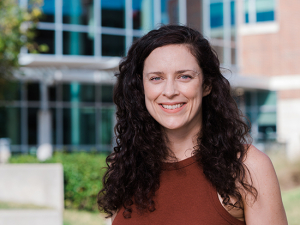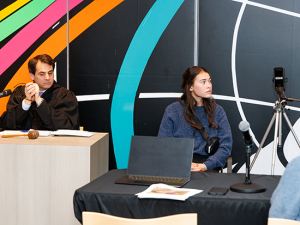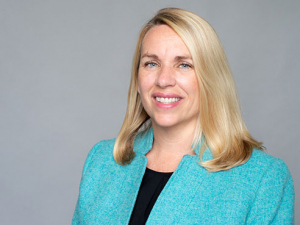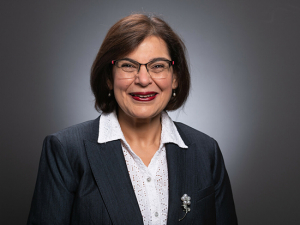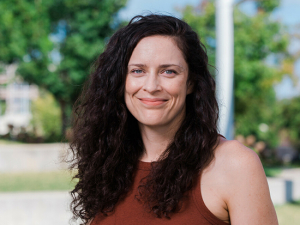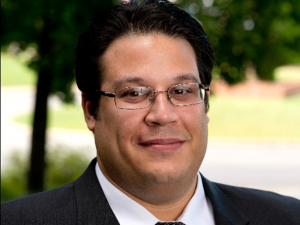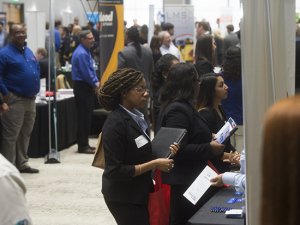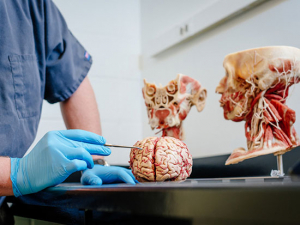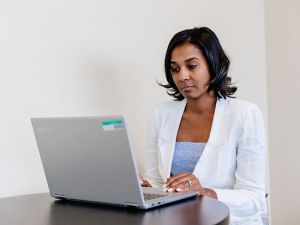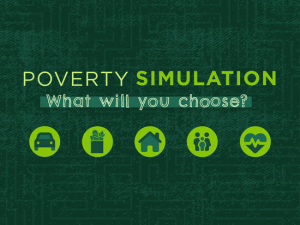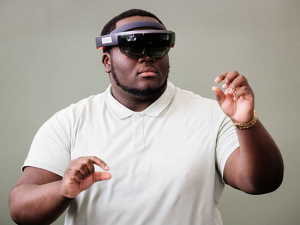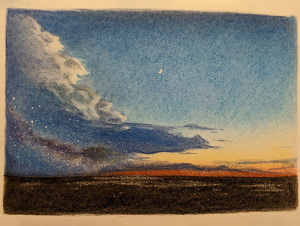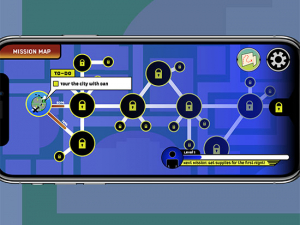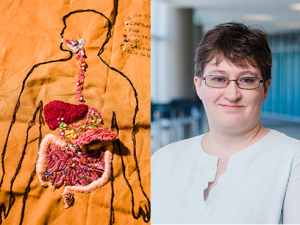 Even while the physical locations remained closed, libraries stayed busier than ever — just in a flurry of ones and zeroes, thanks to UAB’s investment of more than $2 million to transform the library system during the past several years.When the COVID-19 pandemic came to the United States, life as we knew it changed drastically — restaurants switched to all take-out options, gyms began offering virtual fitness classes and birthday parties became drive-thru events with a soundtrack of honking car horns and flapping streamers taped to the trunk.
Even while the physical locations remained closed, libraries stayed busier than ever — just in a flurry of ones and zeroes, thanks to UAB’s investment of more than $2 million to transform the library system during the past several years.When the COVID-19 pandemic came to the United States, life as we knew it changed drastically — restaurants switched to all take-out options, gyms began offering virtual fitness classes and birthday parties became drive-thru events with a soundtrack of honking car horns and flapping streamers taped to the trunk.
Perhaps no industry was altered quite as much as education, as schools across the country pivoted overnight to entirely remote instruction. At UAB, units like the Center for Teaching and Learning (CTL) help faculty shift to online learning, and programs such as the UAB Expo used a remote format to showcase excellence in research, creativity and scholarship. Across campus, Blazers worked together to bring the best of UAB into remote learning and ensure students could receive an exceptional education experience in rapidly changing circumstances.
Even during the COVID-19 pandemic, UAB Libraries still remained the heart of the university. Even while the physical locations remained closed, libraries stayed busier than ever — just in a flurry of ones and zeroes, thanks to UAB’s investment of more than $2 million to transform the library system during the past several years, said Kasia Gonnerman, dean of UAB Libraries, who started at UAB April 1, 2020, in the midst of the pandemic.
|
As we mark the anniversary of our COVID year, we've highlighted the events of March 2020 and the rapid acceleration of our response to the threat. You can follow the complete timeline of UAB's COVID experience at uab.edu/uabunited/our-covid-year. |
“The libraries have continued to provide course-related research instruction, both synchronously and asynchronously,” she continued.
From March 2020 to February 2021, more than 200 of UAB Libraries’ unique library research guides were accessed 422,405 times, and 26 new research guides were added. The libraries filled 6,418-plus borrowing and 17,700-plus lending interlibrary loan requests and nearly 4,000 document-delivery requests through RapidILL. Librarians also answered more than 5,400 reference and research questions via their Chat with a Librarian feature, which is monitored live 55 hours per week — 8 a.m.-6 p.m. weekdays and 1-6 p.m. Sunday. Librarians also answered more than 2,000 reference and research questions via email and Zoom, and the libraries expanded its services to include curbside pickup 10 a.m.-1 p.m. Tuesday and Thursday. UAB Libraries also suspended fines for patrons who were unable to return library items borrowed.
Librarians also helped instructors transition to remote instruction by creating tutorials, being embedded in Canvas or teaching in real-time via Zoom, and by working to identify and develop affordable instructional materials.
The UAB Center for Teaching and Learning helped faculty transition to remote instruction by offering Zoom workshops and creating a remote-work technology toolkit, and UAB eLearning offered comprehensive support to instructors, from basic course building and design to delivery.
"All you have to do is reach out to us," Pam Paustian, Ph.D., executive director of eLearning and Professional Studies, told the UAB Reporter in March 2020. "Faculty are the subject matter experts. We're here to help with the rest."
During summer 2020, more than 150 classrooms at UAB were outfitted with cameras, microphones and other equipment to enable hybrid learning for the fall and spring semesters. While some students in each course attend in person, others attended remotely, watching live video from the classroom and interacting directly with the teacher and fellow students. The CTL offered hands-on experience with the new technology during both virtual sessions and in in-person, small-group training at the CTL's space on the fourth floor of Lister Hill Library. The Lecture Capture site from eLearning also offered an overview of the process, including a checklist of what to do before, during and after classes.
“Watch Scott Phillips, Ph.D., director of the Center for Teaching and Learning, demonstrate new remote-learning tech from a Heritage Hall classroom.
Melissa Hawkins, international teaching and learning specialist at the CTL, also worked to help UAB’s more than 1,000 international students address complicated challenges and questions brought on by the pandemic. Staff at INTO UAB noted higher symptoms of depression and anxiety in INTO UAB students, specifically those from South Korea and China; many international students were initially isolated in residence halls or apartments without much interaction or support.
Scientific gathering also evolved to fit new bounds introduced by the pandemic, such as BIOKDD 2020, an international workshop on data mining in bioinformatics. For the previous 19 years data scientists convened annually "to promote interdisciplinary research in the areas of data science and computational biology/bioinformatics," said Jake Chen, Ph.D., chief bioinformatics officer and associate director for UAB's Informatics Institute, who has been general chair of BIOKDD for more than 15 years.
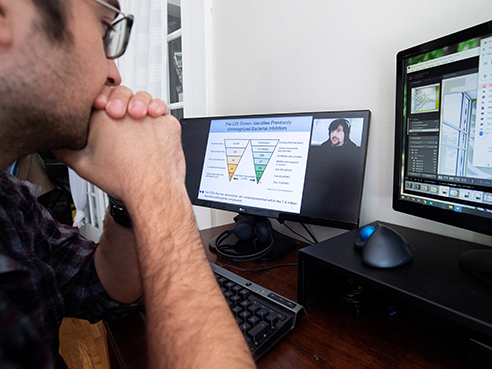 Thesis and dissertation defenses in the Graduate School also took to the screen during the pandemic.The BIOKDD workshops usually draw anywhere from 50 to 100 participants representing academia, industry and government labs, Chen says — and when the conference shifted from an on-location gathering in San Diego to an entirely remote platform, they actually gained participation as attendees dialed in via Zoom from their labs and home offices. Some presenters also pre-recorded their talks to make up for time zone differences.
Thesis and dissertation defenses in the Graduate School also took to the screen during the pandemic.The BIOKDD workshops usually draw anywhere from 50 to 100 participants representing academia, industry and government labs, Chen says — and when the conference shifted from an on-location gathering in San Diego to an entirely remote platform, they actually gained participation as attendees dialed in via Zoom from their labs and home offices. Some presenters also pre-recorded their talks to make up for time zone differences.
Chen said that video-based virtual meetings will endure beyond the COVID-19 pandemic. "I do believe all future conference organizers will incorporate a degree of virtual, online, interactive content from high-quality speakers worldwide," he said. "Perhaps not entirely virtual, but a hybrid model is here to stay.”
Thesis and dissertation defenses in the Graduate School also took to the screen during the pandemic. Though some students were disappointed in the new inability to present in person, a virtual format offered benefits, according to David Schneider, Ph.D., associate dean for Graduate Biomedical Sciences in the Graduate School.
For thesis defenses, attendance is sometimes very low and variable between students, according to Schneider. "That is a good component of going virtual — it erases those boundaries,” he said. “We have a Polish student who gave a talk recently, and her mom and dad in Poland were able to attend by Zoom."
The Graduate School also transitioned two of its premier science communication events, Discoveries in the Making and the Three Minute Thesis competition, to a virtual format, said Dean Lori McMahon, Ph.D.
Discoveries in the Making gives graduate students a chance to present their work to the public. During the pandemic, the series shifted to Zoom from in-person sessions at a Birmingham pub, The Lumbar.
"We had a Discoveries in the Making presentation by a student who had done work in Antarctica," McMahon said, "and for our session that evening we had five people in Antarctica who attended. We've also had audience members from Scotland and Germany. We never would have been able to reach those people before. Discoveries in the Making going virtual has really been fantastic. Attendance has been better than it was in person because it is easier to join from wherever you happen to be."
The UAB Expo, which celebrates excellence in research, creative activity and scholarship by showcasing the academic endeavors of undergraduate students and helps them practice presentation skills, engage with peers, exchange research experience and receive feedback from faculty and fellow students, was a virtual event in spring, summer and fall 2020 and will be virtual during this spring semester.
|
“The accessibility of a virtual Expo is the best thing about it. Anyone can present, and anyone can access.” |
Presentations were varied: Students could record a video or present virtually via Zoom in a timed session.
Gareth Jones, assistant director for Service Learning and Undergraduate Research, says there were little to no downsides to transitioning the Expo to a virtual format. Future Expos will forever include a virtual component given the opportunities it provides. Traditionally, the Expo was a one-day, in-person event, but the virtual format allowed for a weeklong availability of presentations.
“The accessibility of a virtual Expo is the best thing about it,” Gareth explained. “Anyone can present, and anyone can access. And expanding to one week allowed for community members, faculty, staff and colleagues to view presentations at any time, because they were all virtual — you could watch at 3 a.m. and leave a comment.”
More students also were able to participate in the Expo, Jones says. Before, if a student could not present during the single-day timeframe, they couldn’t participate. Virtual presentations will enable more students to highlight their research work and learn new research presentation skills that make them more career-ready.
“We’re going to keep the virtual option for every Expo going forward so we can maximize opportunities for our students,” he continued.
Virtual Spring Expo 2021 will be April 19-23. Abstracts are due by April 9. Submit an abstract, apply to judge or register to attend.
